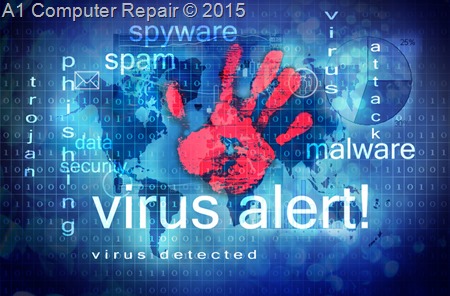 TrendMicro is putting the word out that everyone should follow Apple’s guidance and uninstall QuickTime for Windows as soon as possible.
TrendMicro is putting the word out that everyone should follow Apple’s guidance and uninstall QuickTime for Windows as soon as possible.
This is for two reasons.
First, Apple is deprecating QuickTime for Microsoft Windows. They will no longer be issuing security updates for the product on the Windows Platform and recommend users uninstall it. Note that this does not apply to QuickTime on Mac OSX.
Second, our Zero Day Initiative has just released two advisories ZDI-16-241 and ZDI-16-242 detailing two new, critical vulnerabilities affecting QuickTime for Windows. These advisories are being released in accordance with the Zero Day Initiative’s Disclosure Policy for when a vendor does not issue a security patch for a disclosed vulnerability. And because Apple is no longer providing security updates for QuickTime on Windows, these vulnerabilities are never going to be patched.
We’re not aware of any active attacks against these vulnerabilities currently. But the only way to protect your Windows systems from potential attacks against these or other vulnerabilities in Apple QuickTime now is to uninstall it. In this regard, QuickTime for Windows now joins Microsoft Windows XP and Oracle Java 6 as software that is no longer being updated to fix vulnerabilities and is subject to ever-increasing risk as more and more unpatched vulnerabilities are found affecting it.
You can find information on how to uninstall Apple QuickTime for Windows from the Apple website here:https://support.apple.com/HT205771





